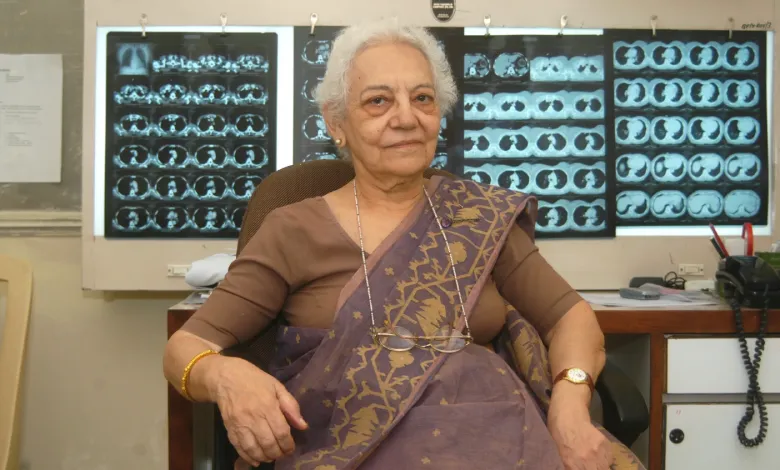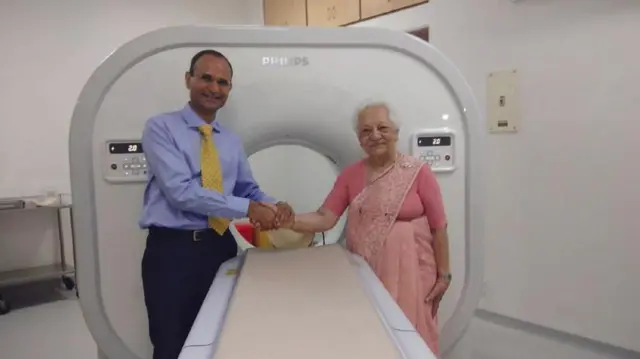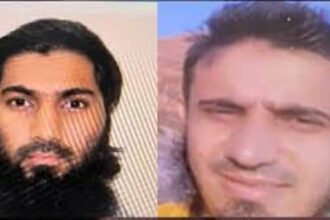Introduction
Dr Sneh Bhargava, the first woman director of AIIMS Delhi, offers an intimate, firsthand account of Indira Gandhi’s final moments in her new memoir, The Woman Who Ran AIIMS. Her narrative sheds light on a pivotal day in India’s history and the human story behind a national tragedy.
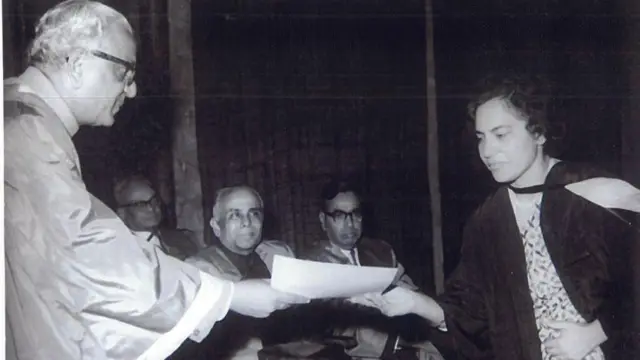
A Sudden Call on 31 October 1984
On the morning of 31 October 1984, Dr Bhargava was reviewing cases when she was urgently summoned to the casualty ward. There lay Prime Minister Indira Gandhi, critically wounded and pulseless. “I didn’t focus on it being the prime minister… Our first job was to help her and protect her from further harm,” Bhargava recalls.
The atmosphere was chaotic as news of Gandhi’s assassination by her Sikh bodyguards—linked to backlash from Operation Blue Star—began to spread. Dr Bhargava had to maintain calm while safeguarding the PM’s body from an agitated crowd.
The Four-Hour Charade
Despite Gandhi’s death upon arrival, Bhargava and her team had to sustain the illusion of life for four hours—the time it took for her son Rajiv Gandhi to be sworn in. In the operating theatre, a Sikh doctor exited abruptly upon learning of her death—highlighting the tension of the moment.
Embalming Amid Turmoil
Bhargava recounts the macabre process of embalming Gandhi. “The embalming chemical… kept oozing out,” she writes. Ballistic reports later confirmed over 36 bullet wounds. The PM’s body lay in state for two days before cremation—an enduring image in India’s collective memory. Read more about Indira Gandhi’s assassination on History.com.
Career Highlights of a Pioneer
Dr Bhargava’s memoir is more than a record of that day. She shares:
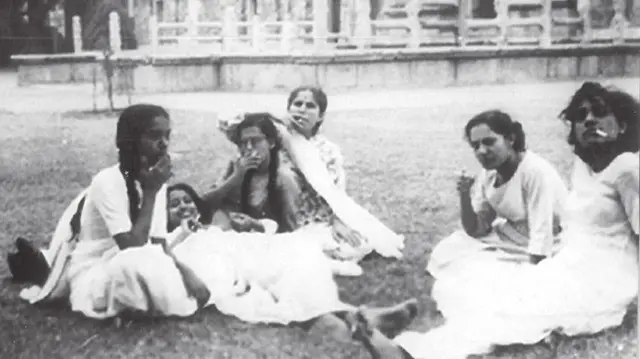
- Her tenure as AIIMS’s first (and only) woman director.
- Anecdotes with leaders like Jawaharlal Nehru and childhood visits to refugee camps.
- A gripping story of Sonia Gandhi bringing young Rahul to AIIMS after an arrow injury, and Rajiv Gandhi’s impulsive, unsecured visit.
Bhargava also stood firm against political interference—from MPs demanding favors to health ministry pressure—while building AIIMS’s radiology department from basic X-rays to advanced imaging standards. Learn more about AIIMS Delhi’s medical excellence.
Legacy and Influence
Born in 1930 Lahore, Dr sneh bhargava journey from partition refugee to London-trained radiologist epitomizes resilience. Her drive transformed radiology into a cornerstone of Indian medical diagnostics. She credits her supportive family and liberal husband, advocating equal encouragement for girls and boys to break glass ceilings.
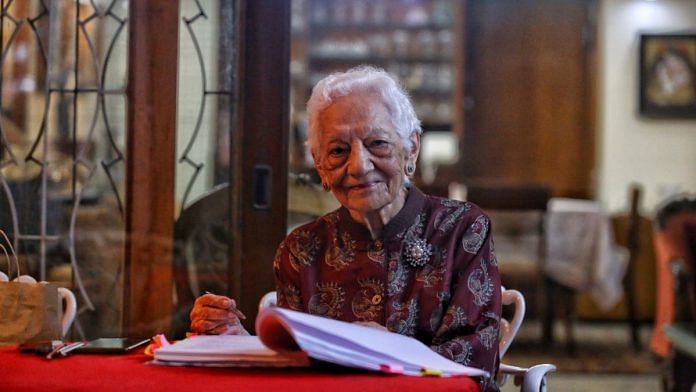
Conclusion
Dr Sneh Bhargava’s memoir, The Woman Who Ran AIIMS, offers a unique blend of medical history and national memory. Her recollections from that turbulent day in 1984 enrich our understanding of Indira Gandhi’s final moments and highlight the unwavering professionalism of India’s medical community sneh bhargava.
Explore more about AIIMS’s evolution in healthcare: AIIMS Through the Years.
